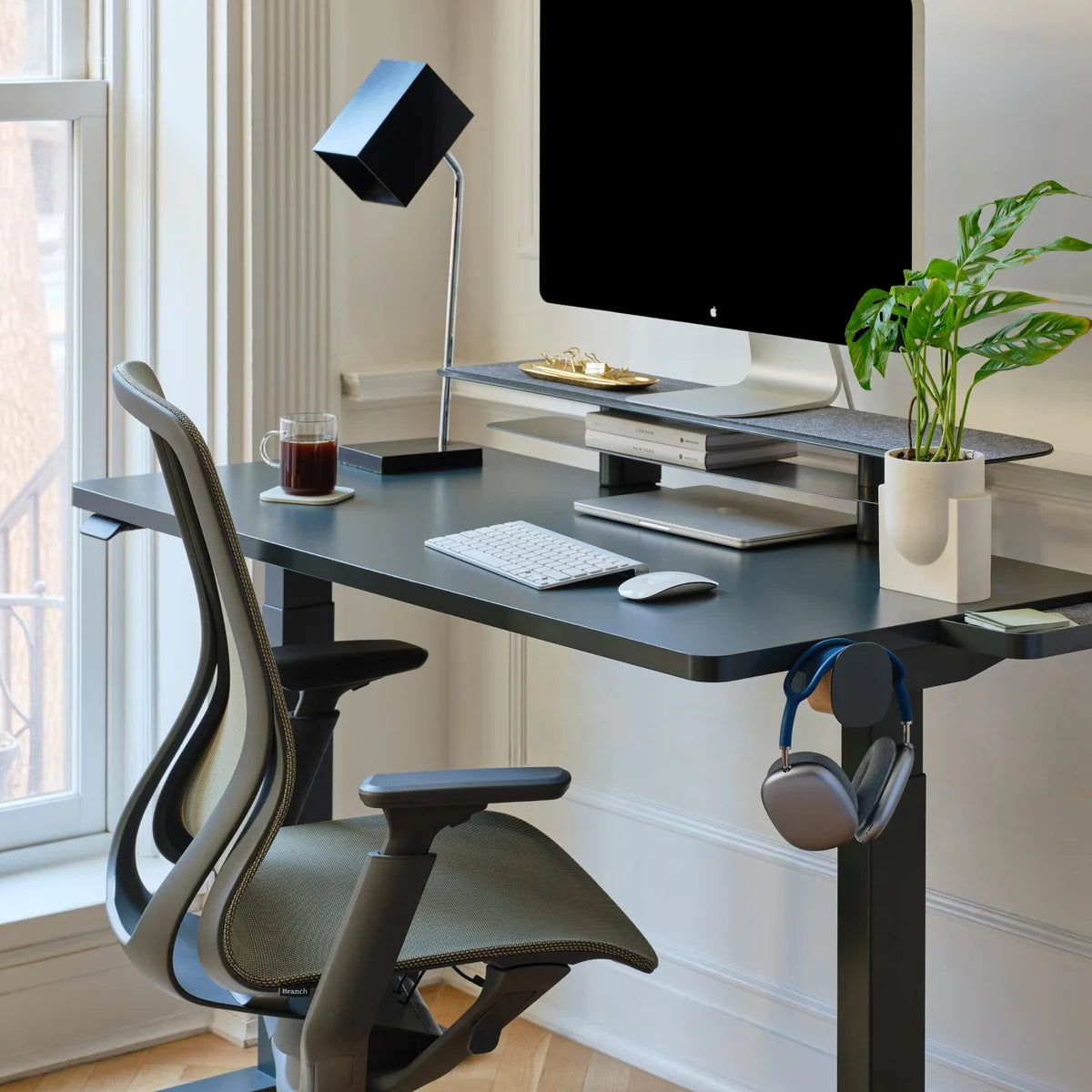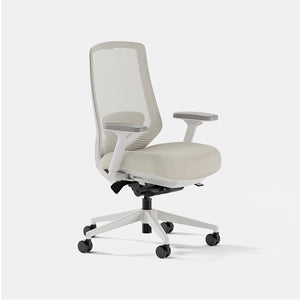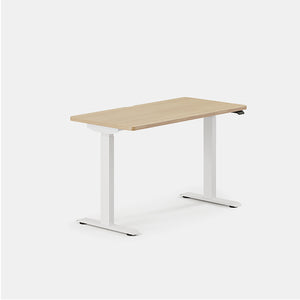If you’re moving offices or opening a new one, there can be an overwhelming number of things to consider. Use this checklist for how to set up an office to help you plan.
4-Step Checklist for a New Office Setup
Step 1: Brainstorm
Items
- Office chairs
- Computers
- Desks
- Stationary
- Internet service provider
- Business phones
- Phone systems
- IT Equipment
Optional Services and Supplies
- Answering service: You may need an automated receptionist or an after-hours answering service.
- Snack and drinks: Determine whether to provide employees with free snacks and beverages, or if they will need to be responsible for bringing those items in themselves.
- Security: Decide on your security measures to protect your office against theft, burglary, vandalism, unauthorized access, and extortion. Security might include video surveillance, security staff, an alarm system, metal detectors, or key card entry systems.
- Office supplies: Look for ways to get those important office supplies delivered to your new location. Consider items like desktop organizers, copy paper, business cards, staplers, recycling bins, and any supplies you don't have.
Existing Office Considerations
Step 2: Design the Floor Plan
Open Plan
Closed Plan
Modular Plan
Other Space Considerations
- Break room: It's nice to give employees a break room offering coffee, drinks, snacks, and tables for relaxation. You might also want to add a refrigerator, microwave, and dishwasher.
- Conference room: Most businesses will require a conference space for regular team meetings and one-on-one meetings (e.g., interviews or HR reviews).
- Dressing room: Some businesses with field and service workers provide a dressing room for employees to change into work clothes and even showers.
- Exercise room: To keep employees healthy and fit, some businesses like to include an exercise room with a treadmill, stationary bike, and room for yoga or stretching.
- IT equipment rooms: Your business may need a server room or space to fulfill other IT requirements.
- Lactation room: Your business may be required to provide a lactation room for new moms. It should be a quiet space, and it can't be in the bathroom.
- Visitors: If your business will have visitors, you might need a formal entrance and reception area, a comfortable waiting room, a separate meeting room, or other accommodations.
Step 3: Set Up Communications
Internet Service Provider
Communications Equipment
- Phone systems: Many of today's small businesses use Voice over Internet Protocol (VoIP) phone services instead of traditional phone systems. These allow integration with mobile phones instead of physical phone lines, saving on installation fees. You may also want to provide employees with business mobile phones to ensure they're always reachable. The best VoIP phone services can answer calls received on your business phone number and provide services like auto-attendants, voicemail, and call waiting, hold, and transfer.
- Internal communications: Internal communication is essential, especially if you have some employees working from home. Some excellent internal communication software options even have a free option (e.g., Slack).
- Other communication items: Some businesses may need communication software for email, video conferencing, project management, or appointment scheduling. You might also need a shredder for employee privacy, as well as projectors or TV screens for visual presentations.
IT Equipment
Stationery & Storage
Step 4: Buy Equipment and Furniture
Office Chairs
- Task chairs: A task chair is intended for shorter use and can be moved around easily for meetings. They're usually compact with limited adjustment features.
- Mid-back chairs: Mid-back chairs offer the support needed for full-time office workers who need comfortable desk chairs. These chairs offer more adjustment features and better lumbar support.
- Executive chairs: Executive chairs provide additional points of adjustment and often have plush, supportive cushions. They typically come with extra luxury features and a more ergonomic design.
Office Desks
Computers and Phones
Storage and Other Items
Preparing for Moving Day
On new furniture, exclusive sales and more.














